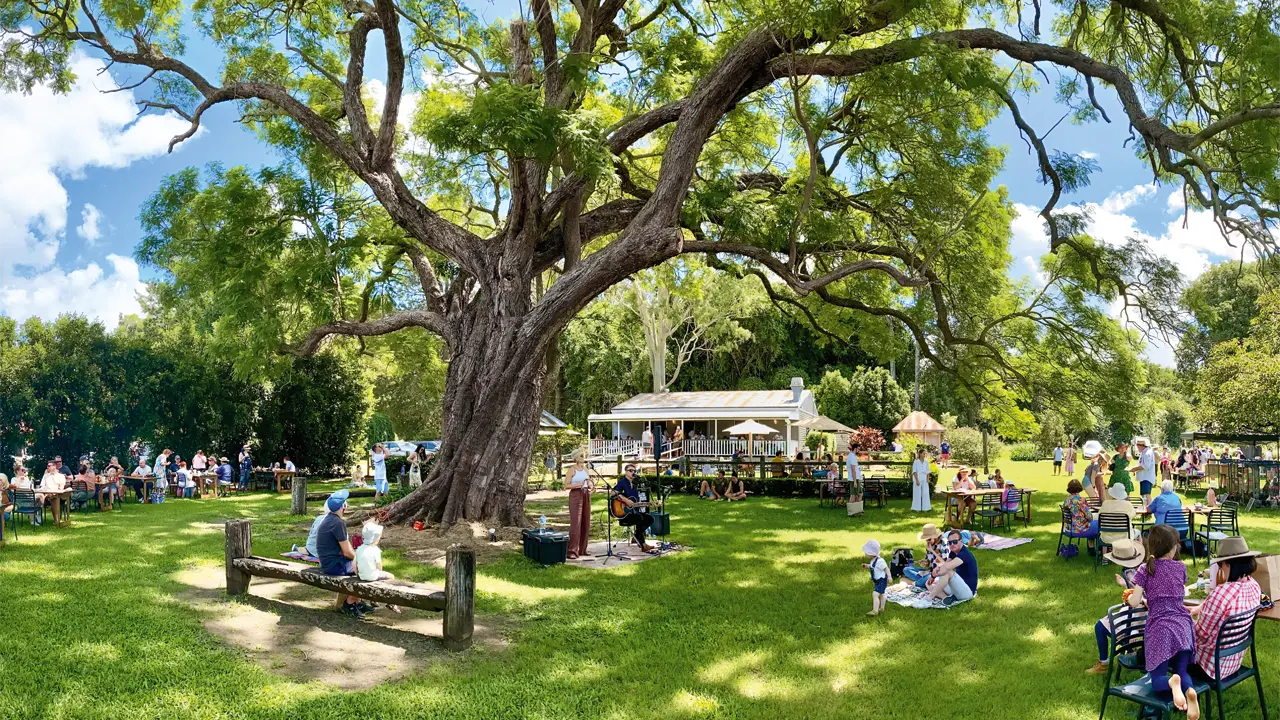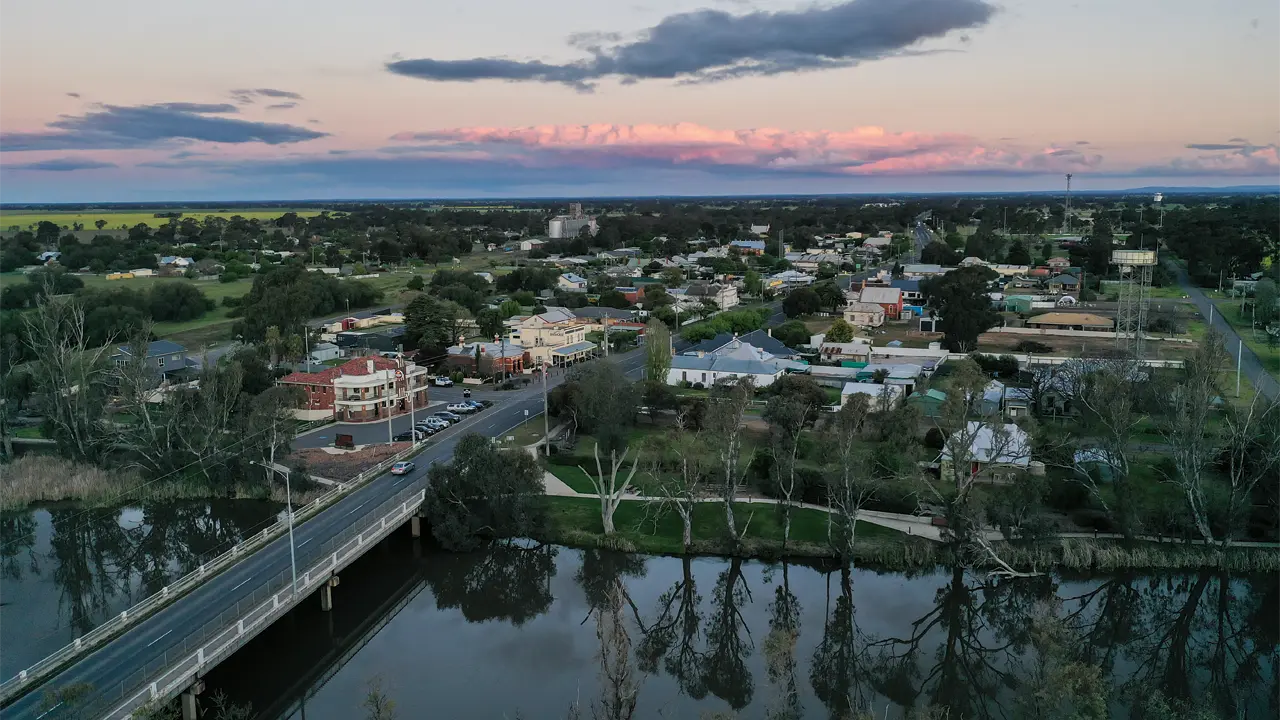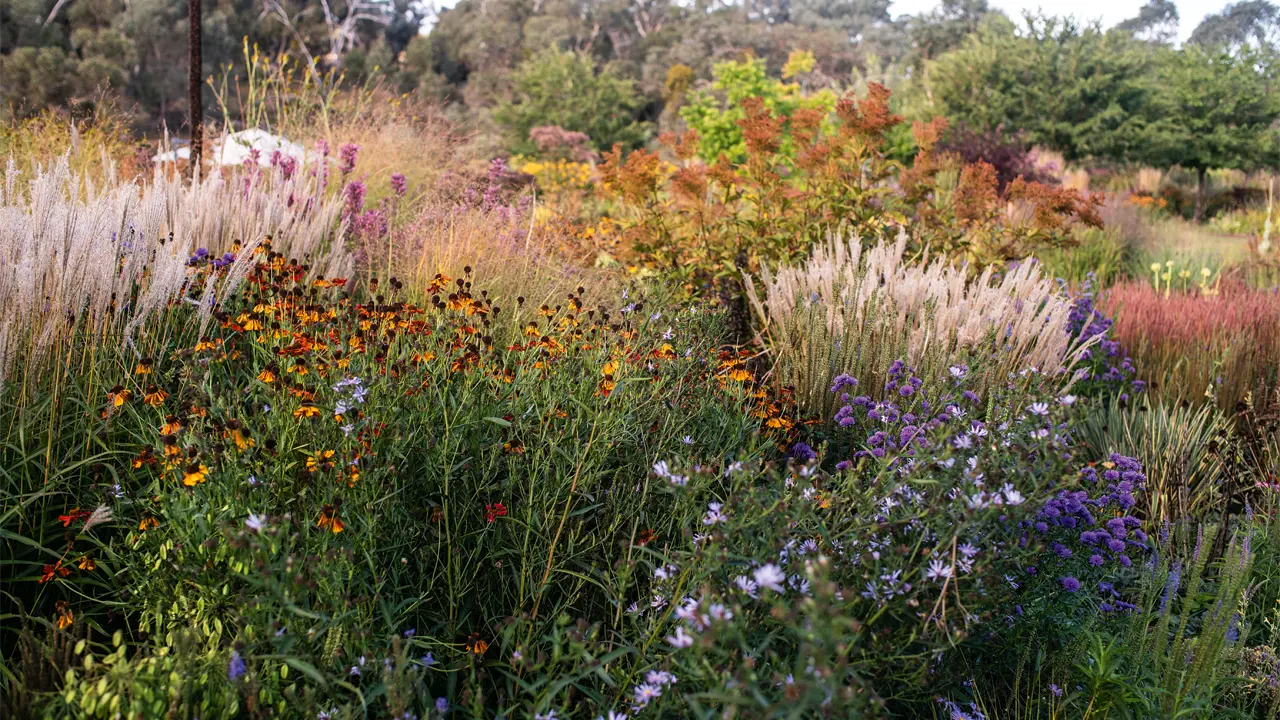Steve Sunk forges knives and swords that are carefully crafted to be both functional and durable, with many ending up as collector’s items.
Story By David Hancock
Thongs, shorts and a faded blue singlet may appear inappropriate safety equipment when handling hot metal but Top End blacksmith Steve Sunk swears they are perfect for the tropical heat of Humpty Doo and the surrounds of sparks and acid.
“I wear thongs because I use borax [borasic acid] as a flux to weld the steel,” he says. “If any of that stuff drops into your boot it’s going to burn into your foot before you can get it out. With thongs, the borax bounces off and I plunge my foot into a bucket of water before it burns.”
Shorts and singlet? Well, the mercury rises high in the north, particularly during the late dry season. With a roaring gas forge and hot metal, temperatures in Steve’s shed-cum-foundry rise to more than 45 degrees Celsius. Luckily the family swimming pool is nearby.
Life for a blacksmith in the tropics is far from cosy but Steve’s passion for making bladed weapons rises above discomfort. He sometimes spends days in his shed producing a remarkable and intricate knife. If he is working on a sword, he could be hammering away for up to three months.
“I make different knives but by far the most popular are the large Bowie knives and skinning knives that hunters use for pig and deer hunting in Australia,” he says. “They also like a small axe with a spike on the end.”
About 40 percent of Steve’s work goes to collectors from around the world, primarily the UK and the US. “I create one-off pieces such as daggers and swords,” Steve says. “The swords are double-edged in the English style or Samurai swords in the Japanese style. I recently completed a ceremonial sword for the Singapore Consul-General.”
Steve, a master chef at Charles Darwin University in Darwin, also makes chef’s knives in traditional French and Japanese styles. “Chefs are a miserable lot,” he complains, jokingly. “They love my knives but won’t pay $800 for a set of four so I concentrate on collectors and hunters.”
This story excerpt is from Issue #79
Outback Magazine: Oct/Nov 2011









